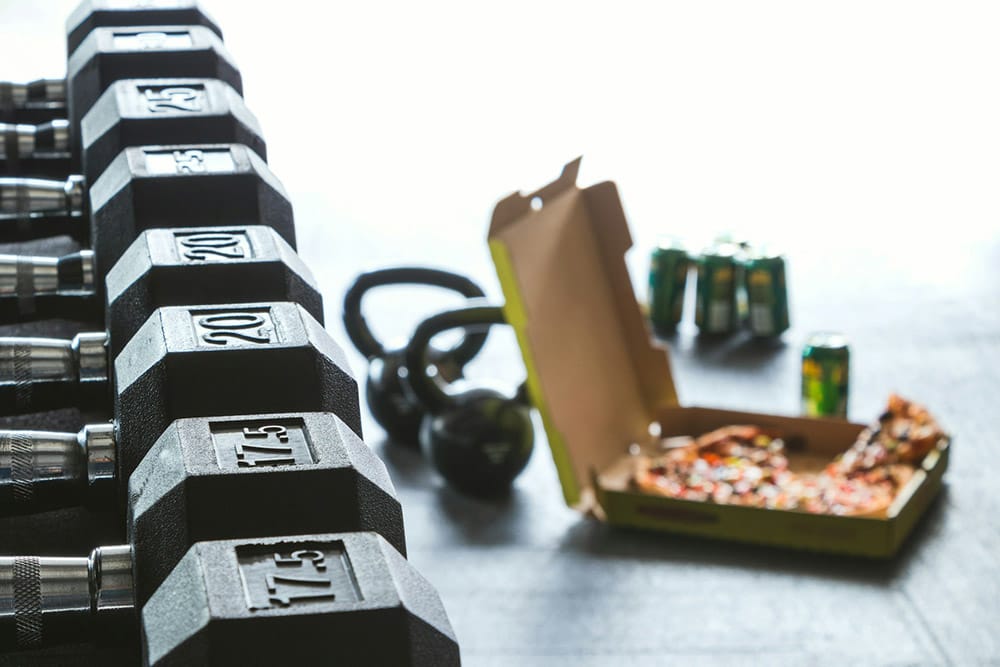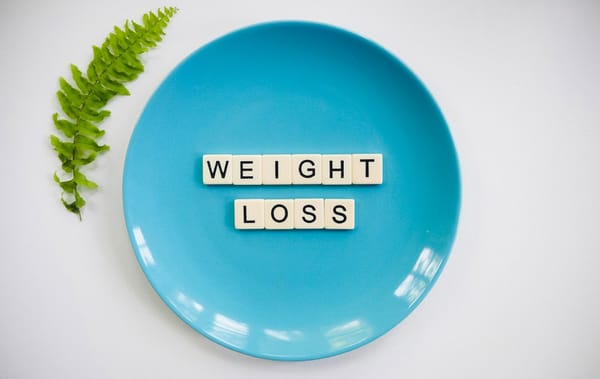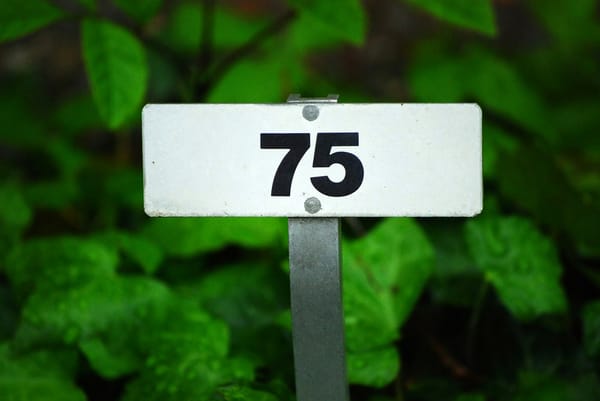When to Cut and When to Bulk: A Smarter Approach to Body Goals

Everyone trying to change their body composition will ultimately ask one question: should I concentrate solely on losing fat or should I build muscle size first? Starting either of these two goals without a proper strategy produces burnout. An ill-timed cutting phase destroys locked-in muscle tissue while an unready bulking phase loads up your body with pointless adipose stores. An improved methodology arrives through learning to interpret your progress markers together with knowledge about body adaptation patterns followed by personalized adjustments that suit your desired goals and the way you live.
The Balance Between Building and Leaning Out
One can view cutting and bulking as opposite ends of the same developmental process. One approach aims to decrease body fat percentage by consuming fewer calories than your body depletes. The second method establishes an inverse state by taking in more calories than your body depletes thus supplying the body with fundamental resources to generate fresh tissue.
Each strategy functions independently without providing any intrinsic superiority. Results achieved by their strategies completely depend on when they are used and the environment they operate in. Think of it like renovating a house. Sometimes you have to rid the place of junk while cleaning up what's already there. Other times the plan calls for extra living spaces or a vertical extension.
Your initial step depends on both what state the house is in and what funds you have and what you want the house to become. This principle functions equally effectively when applied to the human body.
Signs It’s Time to Cut
Basically your body fat needs to step aside from preventing health benefits and obscuring athletic advancements. The heavy fat pads prevent you from seeing the strength training outcomes. Excess body fat also limits activities dependent on fast motion and long distance endurance because extra weight makes every move more fatiguing.
Excessive consumption fails to keep your energy levels from becoming dull. Often tight-fitting clothing combined with poor training motivation require focused fat loss which will both create a lighter body and boost your capabilities.
The start to this process needs to be at a slow pace. Restrictions that are too aggressive break down and cause fatigue as well as loss of muscle mass. A smooth and slow approach makes the body react well and maintains performance while reducing body fat.
Also Read: Best Foods for Weight Loss: 25 Nutrient-Dense Options Backed by Science
Signs It’s Time to Bulk
Opposite to that scenario you need a building period once your body appears already lean yet remains unable to produce stronger muscles or create better body definition. Your body may require added calories if you maintain your weight through maintenance eating but remain without any signs of progress and you maintain consistent hunger.
The surplus nutrients needed to develop tissue construction become most applicable following a successful cutting phase. When body fat becomes controlled the body better processes nutrient excess to direct its growth functions instead of saving it as fat. The difficulty presents itself in having patience.
The process of building muscle takes time which extends through months without showing quick transformation. According to strength improvements alongside improved training performance and slow body shape changes your surplus is accomplishing its intended purpose.
Why Timing Matters
Starting your training goals at an incorrect phase produces repetitive mounting frustration between progress becoming slow and effort therefore remaining wasted. Jointly performing bulking tests alongside high body fat levels creates excessive fat storage that makes subsequent cuts much longer as well as harder to accomplish.
People who cut without enough muscular foundation remain their existing size but their appearance doesn't become truly leaner. A better approach involves an accurate self-assessment of your current position. When your body fat level exceeds your ideal range cut first before working on developing fresh muscular tissue. A surplus of calories will stimulate progression if you maintain an already lean body yet feel blocked in your training results.
The combination of your body's present status with your phases will generate actual development instead of wasting efforts.
How Lifestyle Influences the Decision
Whether someone decides to lose fat or gain muscle goes beyond simple body fat measurements. Factors related to daily living determine decisions as well. Methods to weigh seasonality and mental capacity alongside social responsibilities and commitments should be taken into account. A high-calorie deficit seems impossible at holidays season but bulking at intense work stress periods produces sloppy nutrition choices and poor training pattern consistency.
The phase you use becomes a matter of syncing with your personal lifestyle. You need to decide on dieting to lose weight if you are prepared to adopt strict eating habits and prepare many meals at home along with keeping your physical activity constant. Use your extra nutrient intake to fuel training periods in which you want to push yourself to the limits and delight in eating increased portions.
Every part of your body exists within an interconnected system which responds to changes in both your exercise routine as well as your stress levels and healing periods. Your adherence enhances both your success outcome and your commitment when phases align with your personal lifestyle value system.
Also Read: Body Recomposition: Building Muscle While Losing Fat
The Role of Patience
Throughout this whole method the importance of patience stands as the most underappreciated aspect. Results from both cutting and bulking methods take several weeks through several months of consistent effort before they display noticeable outcomes. Your body adjusts itself through slow processes so demanding rapid solutions leads to switching between different strategies without seeing consistent advancement.
A cut should never involve extreme starvation leading to sudden weight reduction. A proper cut involves eating slightly fewer calories than your typical diet needs to lose fat but maintain exercise energy together with your daily living needs. The typical approach to bulking means eating in unlimited excess.
The bulking method involves gradually giving your body additional calories which allows it to use those supplies for growing itself. Gains as well as losses come in small amounts that make them possible to maintain in the long run.
Avoiding Common Pitfalls
Many people incorrectly use bulking to justify eating large amounts of food without any limits. These eating blowouts typically lead to accumulating more fat than muscle making your next cutting phase much more extensive and disheartening. The crash diet approach to cutting typically destroys muscles before rebounding and regaining lost fat.
Smarter approach works through moderate steps. When you want to lose fat you want to eat a bit below your maintenance calorie needs and when you want to grow you increase your calorie intake slightly above maintenance. Steady training alongside rest and this strategy will help you maintain controlled progress in place of going between different extremes.
Building Long-Term Cycles
The correct answers to when you should cut and when you should bulk lead to establishing a persistent development pattern. The process of switching between cutting periods and bulking phases results in ongoing advancement of both your body composition and exercise achievements. The information from previous developments becomes visible through cutting and bulking delivers what the body needs to continue developing.
When approached from this perspective emerging solutions transition from quick responses to becoming approaches which produce lasting modifications. You chart a course that understands your body moves through natural cycles instead of acting on instantaneous reactions.
A Smarter Way Forward
There is no need to get confused about deciding when to implement cutting versus bulking strategies. The solution to this matter involves an honest review of your present status along with your objectives as well as your day to day routine. Your current level of body fat benefits from starting with a reduction phase because it forms the best base for future progress. Your body needs extra nutrients after reaching a lean state to achieve muscle growth.
Both phases should be considered functional instruments in the process of physical development. The phases represent directional approaches which help your body deliver specific results when applied at suitable moments. When you implement a balanced approach alongside patient awareness you can steadily move forward with no ongoing stagnation or hurdle setbacks in your progress.
Final Thought
There is no need for guesswork in defining your body goals. Timing combined with contextual awareness and a genuine understanding of the body's requirements determine the proper moments to alternate between cutting and bulking phases. View each phase as integral parts of a repetitive sequence instead of final endpoints on their own. Progress appears more as an organic process that leads to building strength and refining your body as time moves forward when you make this mental switch.



